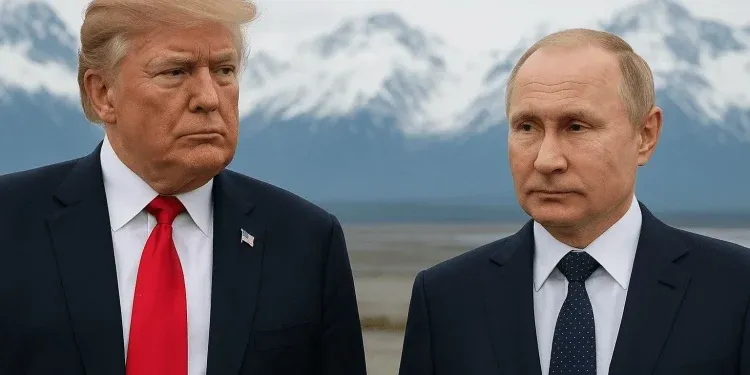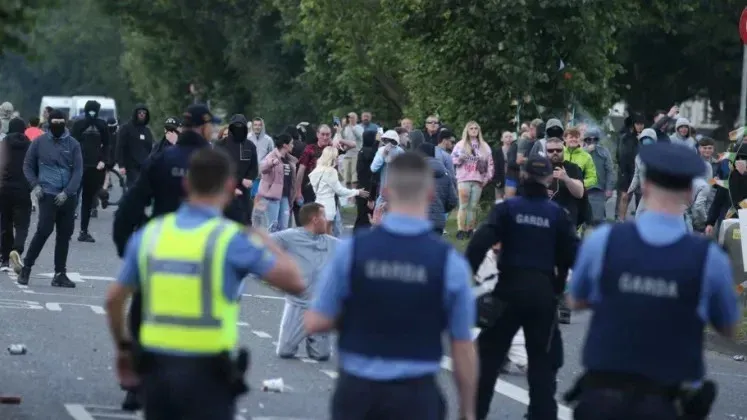ANCHORAGE, ALASKA — One week after U.S. President Donald Trump’s high-stakes meeting with Russian President Vladimir Putin, the war in Ukraine remains stalled, with a U.S.-led peace initiative leaving Kyiv no closer to a lasting resolution. The week has been characterized by diplomatic confusion and, ultimately, disappointment, as initial hopes for a breakthrough have been dashed by a return to familiar Kremlin stonewalling.
The central and most immediate consequence of the Alaska summit was President Trump’s sudden shift in policy. He abandoned the U.S. demand for a ceasefire—a policy backed by Ukraine and its European allies—in favor of Russia’s push to move directly to peace talks. This concession came despite Russian President Putin’s continued maximalist demands, which include the ceding of one-fifth of Ukraine’s sovereign territory and a complete withdrawal from parts of the Donetsk region still under Ukrainian control.
Adding to the confusion, a significant point of optimism emerged briefly from the summit: an apparent Russian concession on Western security guarantees for Ukraine. U.S. Special Envoy Steve Witkoff described this as “game-changing,” telling CNN that the Russian delegation had agreed to the idea of the U.S. and European nations providing an “Article 5-type” security guarantee. For Ukraine, such a guarantee would offer a crucial insurance policy against future Russian aggression.
However, this supposed breakthrough quickly dissolved. European leaders, including Ukrainian President Volodymyr Zelensky, had seized on the idea and began working to put “meat back on the bone” of the vague proposal. But by Wednesday, Russian Foreign Minister Sergey Lavrov was already placing conditions on the deal, stating that Russia must be included in any talks on the matter. The very next day, he went further, demanding that Russia have a veto on any Western security guarantees—a condition that would render them useless.
This series of events, according to the article, represents a “classic case of Kremlin subterfuge,” where a vague concession is offered only to be withdrawn with major stipulations that were conveniently omitted during the initial three-hour discussions.
Ultimately, the article concludes that it is “difficult to pinpoint what the U.S. achieved” from the Alaska meeting. President Trump entered the talks with a stated priority of a “ceasefire-first” approach and left having conceded on that very point. He and his team failed to secure any concrete details on security guarantees, and the administration also let Russia off the hook for new U.S. sanctions and secondary tariffs that had been previously threatened.
Furthermore, despite President Trump’s claim that he had begun arrangements for a meeting between Putin and Zelensky, the Russian president continues to show no willingness to meet with his Ukrainian counterpart, leaving the diplomatic path to peace more uncertain than ever.







